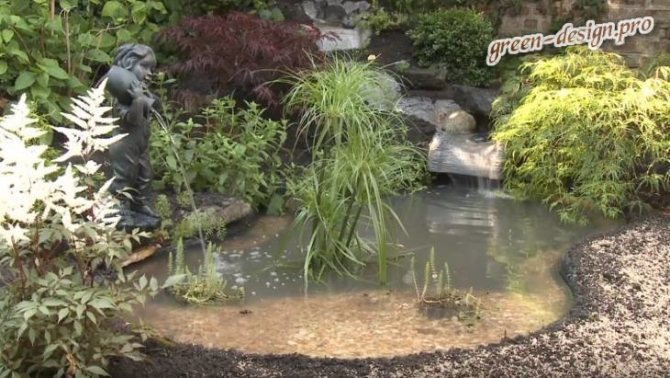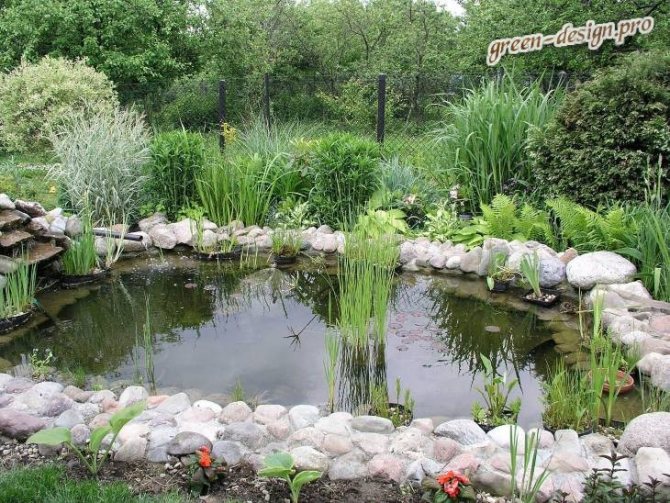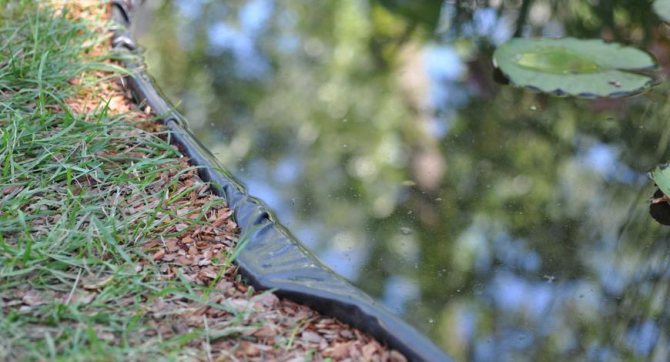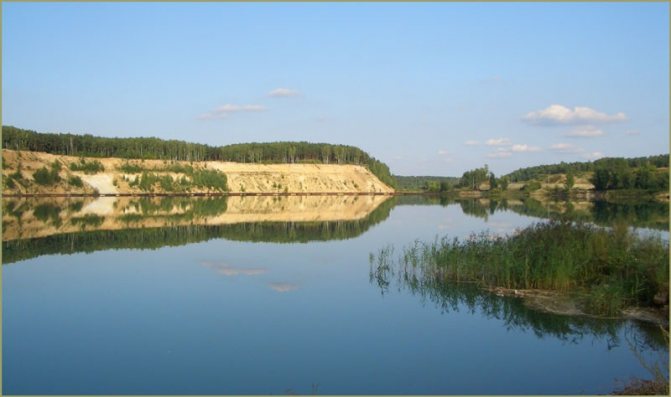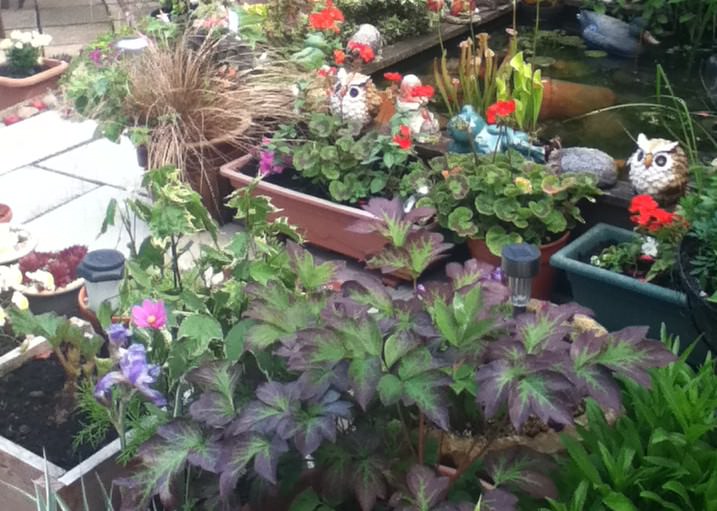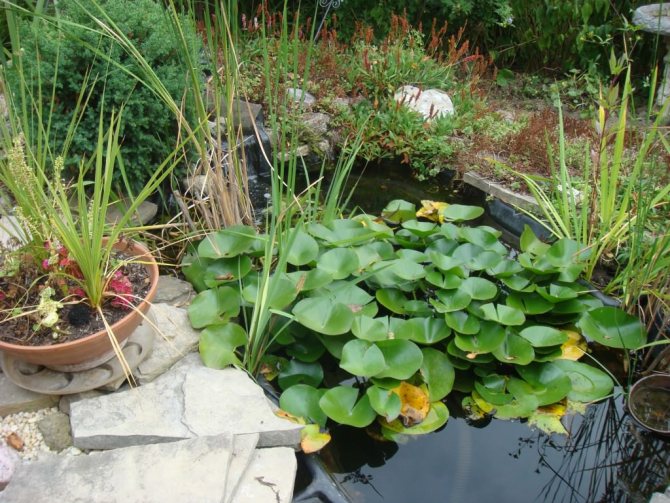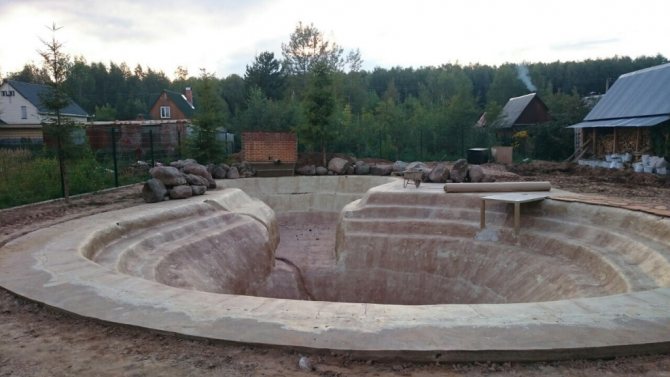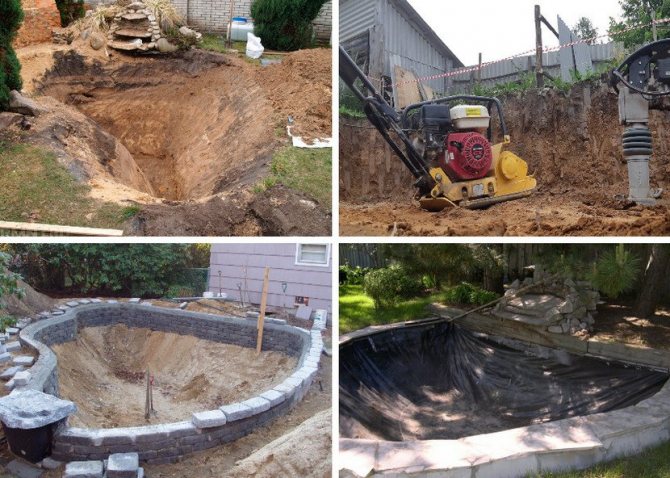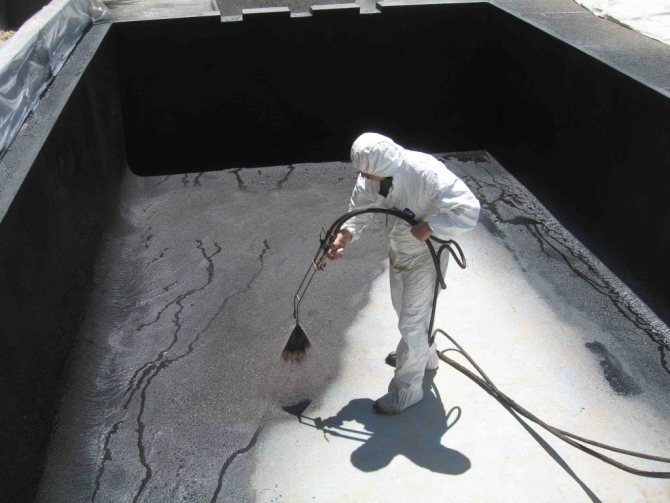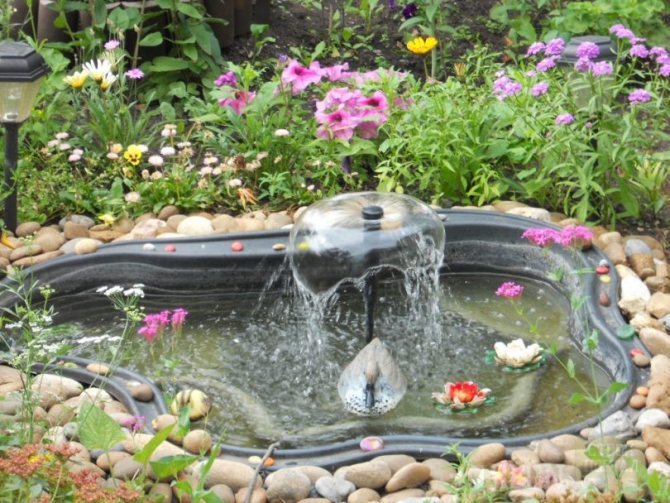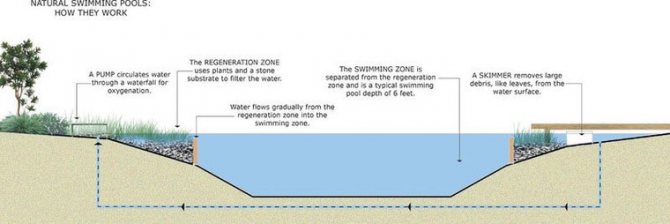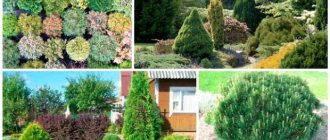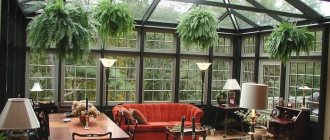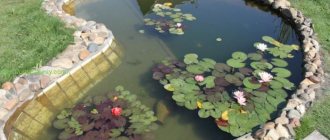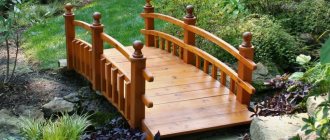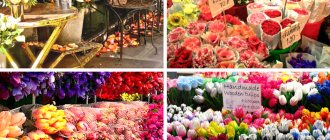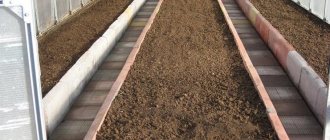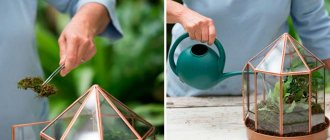In this article, you will learn:
- What is good about the film for a pond in the country, what types it is
- How to equip a film pond in the country
- What other materials for a pond in the country are on the market
Having decided on a place for a decorative reservoir, it is necessary to plan all stages of the project to the smallest detail. Before starting work, you need to choose the material for the pond in the country. It depends on how much time and money it will take to implement the project. We will tell you about all the subtleties and nuances in this article.
Types, shapes and sizes of containers
A pond made of plastic form is durable, does not give in to corrosion and temperature extremes, it is easy to install and clean. Depending on the type of plastic, there are several types of ready-made ponds:
- Polyethylene. They have a capacity from 130 to 900 liters. Average service life is 10 years. A polyethylene pond is installed after careful preparation of the pit. When bent, cracks appear on the containers.
- Polypropylene. Due to the increased resistance to bending, they serve for more than 20 years. The polypropylene artificial reservoir is mounted even on the embossed bottom.
- Fiberglass. They are lightweight and highly durable. Such containers have a service life of over 30 years.
Artificial plastic containers differ in shape:
- correct (rectangular, square, round, oval, diamond-shaped);
- wrong.
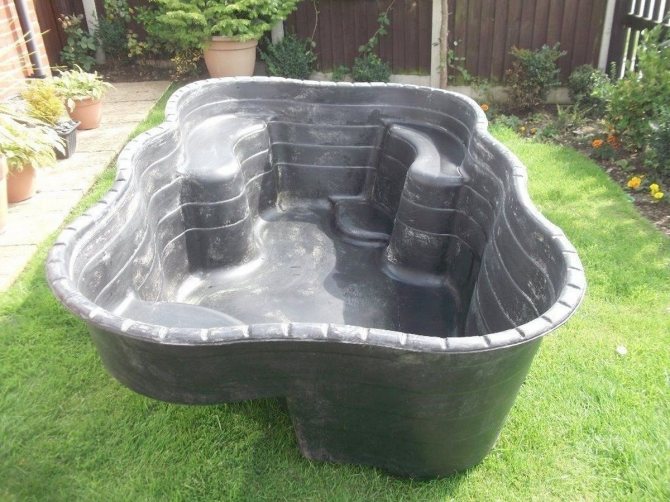
Irregular water surface looks more natural due to smooth outlines. Regularly shaped reservoirs have clear boundaries, they are also used as a swimming pool. According to the method of placement, dug-in plastic ponds for summer cottages and containers installed on the surface of the earth are distinguished.
Place for installation
It is best to place a decorative plastic pond in partial shade. During the day, the reservoir should be illuminated by the sun for 6 hours. With constant exposure to rays, water quickly evaporates, and algae begin to grow in the pond. The reservoir is located away from trees in order to avoid water pollution by leaves and needles. The ideal place where you can bury a pond on the site is a recreation area, an area next to a house or a gazebo. Usually the pond becomes the main part of the design.


Photo: <>
Singapore. Rooftop pool. A selection of Creepy photos
Below we have posted 4 photos of the rooftop swimming pool in Singapore. This is the largest known pool in the world, which is located on a large platform, which, in turn, lies on three skyscrapers at once. This is the scope!
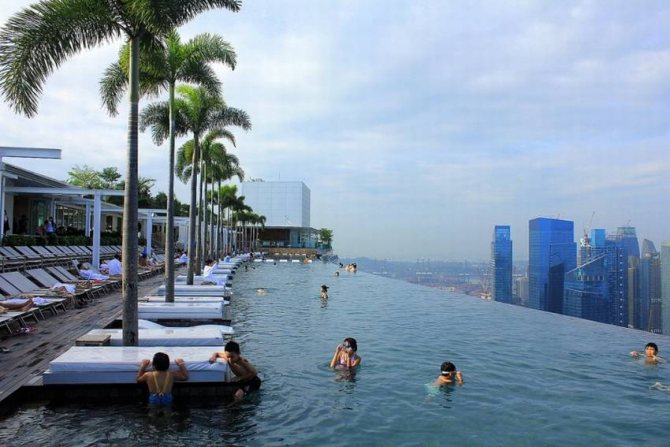

Palm trees grow on the roof, there are hammocks, and several thousand people can fit. I wish I could swim there!


See the entire selection of photos in the gallery below.
Bowl selection according to location and design idea
For the classic style, the correct form of the reservoir is chosen. If the landscape is in English or rustic style, then it is better to choose the wrong configuration to imitate an old overgrown lake. When choosing the size of the tank, be guided by the area allotted for the pond. The depth of molds for reservoirs ranges from 30 cm to 3 m. For fish breeding, a depth of more than 1 m and a cascading bottom relief are required.
The versatile plastic pond has a figure-eight design. These containers are easy to transport and have a depth suitable for growing aquatic flowers.Large and deep reservoirs are mainly made of fiberglass. For fish farming, it is recommended to choose a multilevel pond mold. Due to the embossed bottom, several types of plants can be placed in the water.
When purchasing, inspect the surface of the bowl. Do not pick up products with scratches or cracks. The optimum wall thickness is more than 3 mm.
Installation technology
The process of installing a reservoir in the garden includes several stages. First, the pit is prepared, after which they proceed to the installation of the container itself.
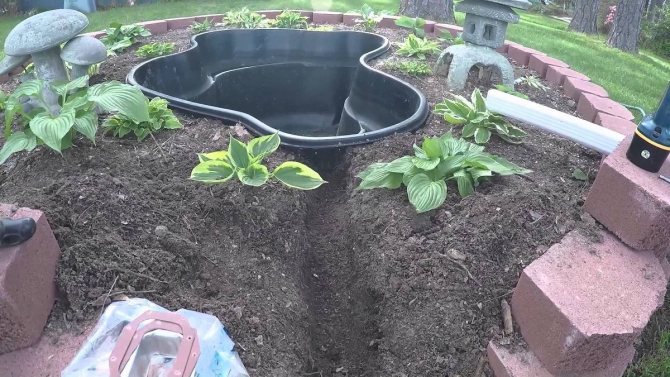

Photo: screenshot <>
Instrument preparation
To set up a garden plastic pond, you need to prepare tools and materials. The standard set of tools includes:
- shovel;
- ramming;
- pegs;
- building level;
- water hose.
A pit for small containers can be dug by yourself with a shovel. To properly install a large reservoir, special equipment is involved. A rammer will help compact soil and sand. A level is needed to get straight lines and angles. With the help of a peg, the dimensions of the future reservoir are marked.
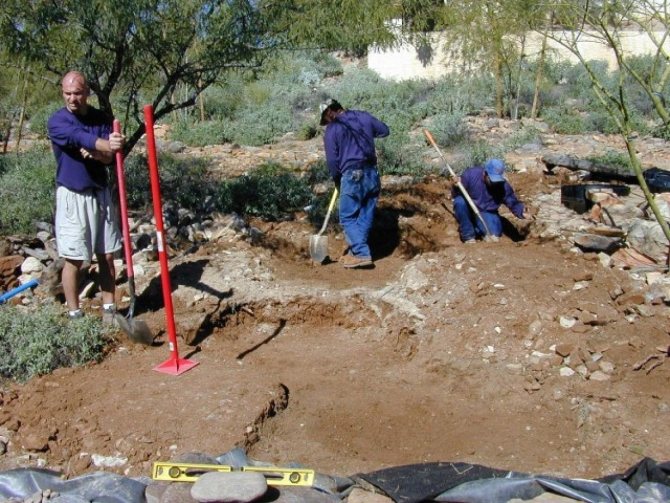

Photo:
Stages of work
How to install a plastic pond in the country, the instructions will indicate:
- Draw a sketch of the future reservoir. Indicate the dimensions of the container, think over the decorative elements.
- Turn the container over and mark its outlines with pegs.
- Add 10-15 cm to the borders of the bowl and draw a solid line around the contours.
- Dig a pit. The depth of the pit should be 15 cm higher than the height of the container.
- Place a 15 cm layer of dry sand on the bottom. Level the surface with a tamper.
- Check the flatness of the bottom with a building level.
- Install the plastic container so that its edges are flush with the ground. Use wooden bowls.
- Gradually fill the space between the edges of the bowl and the soil with wet sand. Remove the props and compact the sand.
- Fill the container with water using a hose.
- Leave the pond to shrink for a couple of days.
- Check the correct installation of the plastic pond. Add more sand and compact if necessary.
It is not recommended to lay a polyethylene film on the bottom of the pit. This will lead to a build-up of condensation and the formation of cavities. Over time, the form will sag. When the temperature drops, the condensate will freeze, which will cause the container to deform.
How to make a bath pond
I met a lot of ponds in summer cottages made from an ordinary bath. I decided to share with you the instructions for creating. Baths, which were produced in Soviet times, were created from cast iron. This material is resistant to any temperature. So why not take an old bathtub and make a pond out of it in the garden.
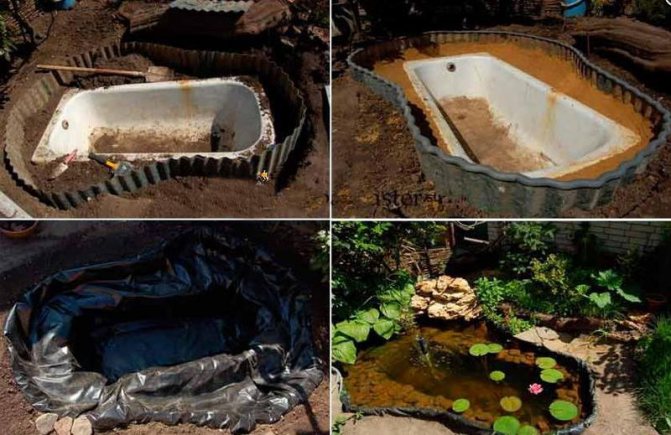

Apart from the fact that the costs are not needed. And even more so, a number of advantages were revealed: cast-iron baths are durable, the enamel of the coating is stable, does not make unnecessary noise when filled with water, it is as easy as shelling pears to create a pond out of it. To create a pond bath, you need to follow these steps: close up the drain tightly, dig a pit with a margin for installation, lower the bathtub into this hole, fill in and tamp the cracks, walk with glue along the inside, after the glue has completely dried, lay the mesh-netting, then apply a mixture of cement and decorate it. Your pond bath is ready!
After reading the article, you can create a pond with your own hands. I wish you success.
649
Author of the publication
offline 2 years
Nika
30,8
Comments: 0Posts: 19Registration: 24-04-2018
Decorating
Use aquatic and aerial plants to decorate the pond. Cover the coastal area with sand or pebbles, decorate it with stones, sculptures and other decorative elements.


Photo: screenshot <>
Use of aquatic plants
Aquatic plants for the pond are selected taking into account the size and depth of the reservoir: Floating on the surface. Such plants are located on the surface of the pond, their root system is not attached to the ground.Floating flora grows rapidly and require pruning. This includes various types of water lilies, egg capsules, water-paint.
Swamp. Unpretentious plants that can develop in the shade and in the sun: dropsy, marsh forget-me-not, sedge, fatty, violet, vaccinium. Oxygenators (elodea, swamp, hornwort, turcha). Shoots and leaves of plants are under water, only flowers protrude above the surface.
Oxygenators purify water and serve as food for fish. Plants are planted in the ground of a reservoir or in separate containers. The moisture-loving flowers growing in floating baskets look spectacular. For the first case, pour a 10 cm layer of a fertile mixture of sand, compost and rotted manure on the bottom of the pond. Make the top layer of 5 cm of coarse river sand to protect the soil from washing out.
Coastal zone decoration
It is better to cover the coastal area with gravel or sand. For a shallow reservoir, gravel or pebbles are chosen. Large stones look good against the background of a large pond. For the decoration of the coastal zone, marble, quartzite, sandstone, granite are suitable. Instead of natural stone, ceramic slabs or painted concrete are often used. To decorate the pond along the coast, moisture-loving plants are planted:
- Kaluzhnitsa... An unpretentious swamp plant that blooms in April. Height from 30 to 50 cm, flowers are bright yellow.
- Sedge... It can grow in water and waterlogged soil. To decorate the pond, sedge sticking out with yellow leaves 50 cm long is used.
- Pontederia... A plant with large leaves and blue flowers-spikelets, which reach a height of 6-80 cm. Flowering lasts from July to September.
- Dwarf willow... A small tree with hanging shoots.
- Hydrangeas any varieties. Plants with large leaves and globular inflorescences of various colors.
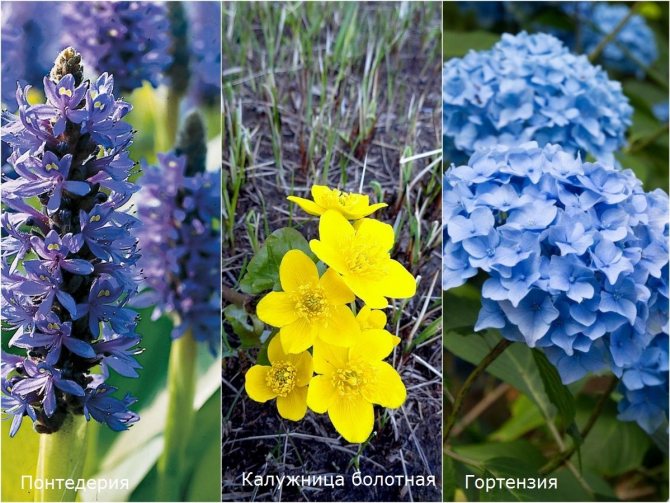

Photo: collage <>
All plants are placed along the pond in height. Low-growing crops are planted near the reservoir, behind them are shrubs or dwarf trees. Plants should cover no more than 2/3 of the coastal area. For 1 m2, 3-4 undersized flowers or 2-3 larger ones are enough.
How to close the edges of the container with different materials
Use pebbles, rubble, or sand to cover the edges of the plastic container. This design looks as natural as possible. Additionally, it is chosen how to paint the edges of the plastic mold. Suitable for finishing acrylic moisture-resistant paint in natural shades: green, brown, beige, gray.
Paving slabs or wood flooring are also laid around the perimeter. The trim will cover the edges, but highlight the boundaries of the pond. A special coastal tape will help to emphasize the shape of the pond. First, you need to dig in the pegs around the perimeter and attach a tape to them with self-tapping screws.
Tip: “There is a decorative film for gravel ponds. Small stones are attached to the tape with waterproof glue. "
Another way to decorate the edges is to attach coconut mats to the shore. The material looks like a mesh made from coconut fiber. The mats do not deteriorate when exposed to water and are suitable for plant rooting. Special pockets made of woven synthetic material look advantageous in the coastal zone. The canvas is placed in the water, but partially remains on the shore. Aquatic plants are planted in the pocket.
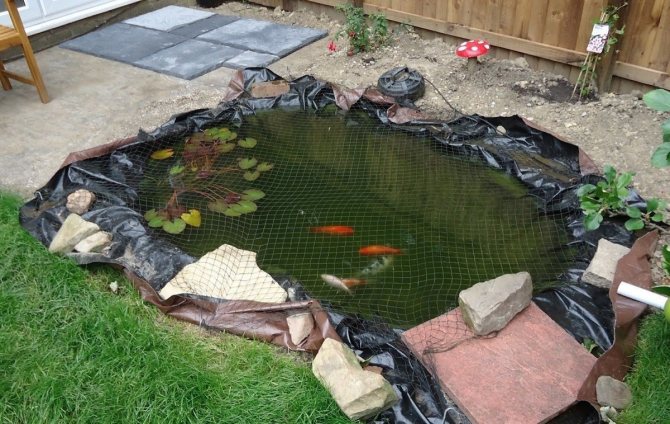

Photo: <>
Use of sculpture, garden figures
To decorate a plastic pond in the country, sculptures or garden figures are used. If the landscape is decorated in a classical style, it is better to choose an imitation of ancient Greek statues. The figures of the inhabitants of reservoirs will organically fit into the design: frogs, dragonflies, fish. To decorate a pond, it is enough to pick up 1-2 sculptures.
Creation of compositions with the device of streams, fountains, a second form for a reservoir
More complex compositions are obtained through streams, fountains and the use of additional forms for the pond. You can install two plastic ponds and arrange a stream between them. This solution requires a vertical drop. Water will flow from the upper bowl to the lower one along the stream bed. Water circulation will be provided by a submersible pump and pipes. A ditch 20 cm deep is dug under the stream. Geotextiles or large stones are placed at the bottom. The bottom of the stream is decorated with pebbles or rubble. When installing a fountain, it is better to refuse to plant aquatic plants. The fountain is selected according to the pump power. Its installation needs to be thought out at the design stage of the reservoir.
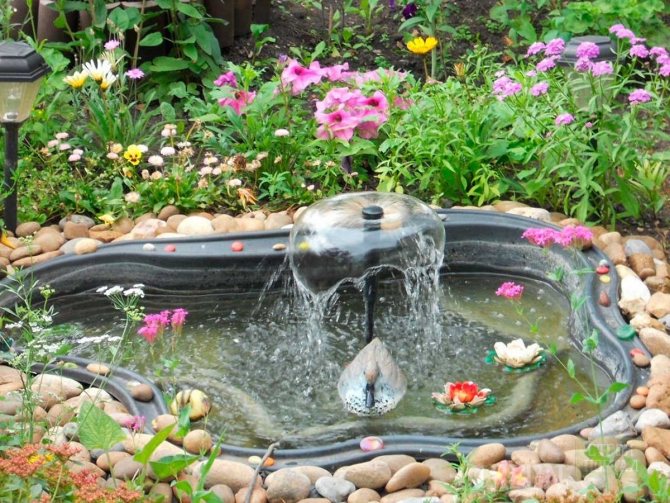

Photo:
Plants for decorating mobile ponds
As in the design of any reservoir, in the arrangement of mobile ponds, the main task is to create a natural, natural, touchingly wild picture. Plants are selected so that they create a landscape and expressive composition. A wide variety of plants can be used to decorate mini-ponds - from traditional deep-water inhabitants to swamp cultures.
The only limitation is their number. You cannot plant many different crops in a mini-pond. One star or two or three well-matched plants will create a small oasis, but more plants will not get along in a tight area.
For the design of mobile reservoirs from the water line to a depth of 40 cm, pontederia, calamus irises, smooth and multi-colored, dwarf varieties of cattail and Tabernemontana reeds, and variegated calamus are perfect. Swamp forget-me-not and marigold always look touching. The arrowhead, which in an ordinary pond will not look so perfect, reveals delightfully brightly the silhouettes of its leaves. And the variegated beauty of hauttuinia will perfectly cope with the task of placing modern accents.
At a depth of up to 10 cm, you can also place baskets with marsh mint, sword-leaved rush, leaf leaf, tail. A water salad looks charming in portable reservoirs - layered pistia, forming velvety rosettes, as well as the fleshy leaves of the water hyacinth eichornia or, for now, exotic Mexican azolla for us with its floating carpet of emerald leaves.
But most often, beautiful dwarf water lilies are chosen for landscaping mini-ponds, which will happily settle at a depth of 40 cm.Today, you can choose varieties not only with flowers of very different colors, but also with a wide variety of leaves. Other traditional deep-water inhabitants - salvinia and water hyacinth, as well as underwater beauties: swamp, dwarf egg capsule, water asterisk and hornwort can compete with water lilies in beauty. They not only revive the surface of the water and decorate it with their translucent leaves, but also reveal themselves from a completely new side in such portable troughs.
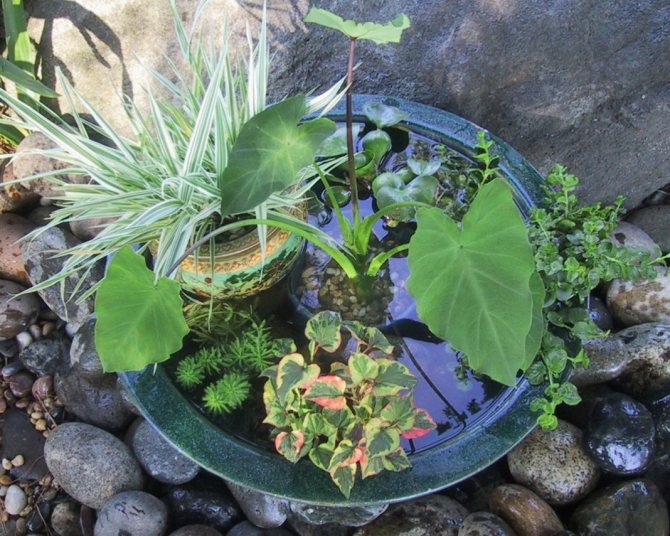

Mobile mini pond with plants
When choosing plants for your mobile pond, immediately decide what effect you want to achieve. Think what is closer and more dear to you - luxurious floating flowers or narrow leaves of cereals, which pictures in the landscaping of reservoirs seduce you most of all. And how do you want to enjoy the beauty of the water garden, whether you will rest near it, etc. Never forget that for any body of water, even the smallest portable, the planting depth rules are not violated. The recommended depth for each plant must be strictly observed.
Pond care rules to maintain a high decorative effect
A plastic pond requires minimal maintenance. The containers can withstand low temperatures even without draining the water. In the middle lane, reservoirs with a depth of more than 80 cm do not freeze in winter. Pond care includes:
- cleaning the tank from silt and algae;
- ensuring the circulation of water using filters and pumps;
- cleaning of fallen leaves and branches.
A special landing net is used to clean the pond.Vacuum cleaners designed for reservoirs help to get rid of silt and dirt from the bottom.
To avoid the growth of algae, a biocatalyst is added to the water. The product normalizes the biological balance and makes the water more transparent.
A plastic pond is a simple and practical garden solution. With the right choice of capacity, high-quality installation and decorative design, the reservoir will become a real decoration of the site.
Benefits of mobile ponds
In small and so easy to create mini-ponds, you can appreciate all the delightful beauty of the world of water bodies. Everything that garden ponds are associated with is not lost at all even in mini-format. Charming water lilies, ringing fountains, graceful cereals - all this is inherent in mobile ponds.
As a full-fledged and very successful alternative to an ordinary pond, designed not only for small areas and urban jungle, they were appreciated quite recently. But on the other hand, mini-ponds are rapidly winning the hearts of new fans.
The main advantage of mini-reservoirs is not at all that they can be created without costs and money and time, but versatility of use. With the mobile alternative to your usual garden ponds, you can create your own oasis on the terrace, relaxation area or even on the balcony - wherever your heart desires.







